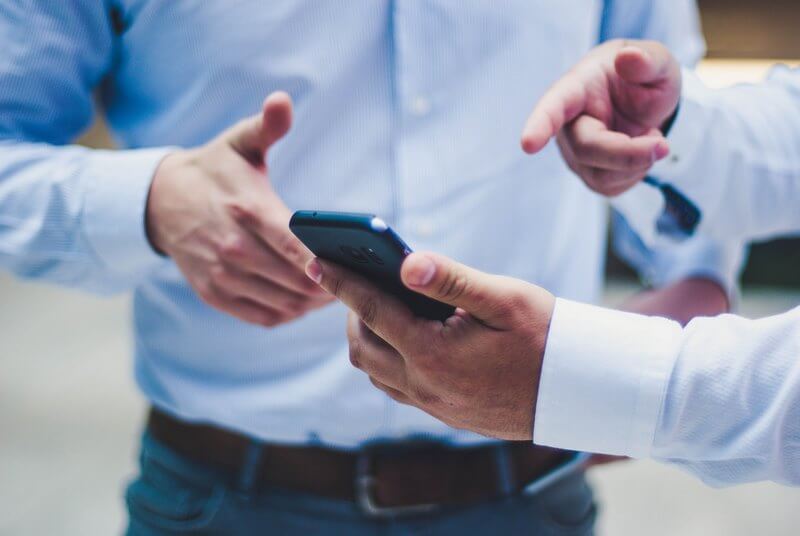
Crisis management's value to resilience
Crisis management’s (CM) value lies in addressing highly disruptive and unplanned events. These events are unforeseen with little or no warning. The occurrence of a crisis is far-reaching across an organization, mobilizing multiple units. By nature, the outcome of a disaster impacts employees, operations, or assets significantly. So, the value of crisis management is that a process is in place to address impacts.
Several years ago, I wrote about my dilemma to differentiate between Business Continuity vs. Crisis Management. At the time, I recognized people lumped crisis management and recovery together as business continuity. The value of crisis management is as a cascading process that acknowledges the timeline of coping with an emergency, incident management, crisis response, and then supporting business recovery. For resilience, crisis management is the process in place for when those unanticipated adverse events happen.

The importance of a response framework
Today, it is increasingly crucial for an agile crisis management structure to address events’ rising severity and complexity. Crisis Management aligns with resilience objectives. Not every event is preventable, but a CM framework increases the capabilities of an organization to respond and mitigate long-term damaging effects quickly.
British Standard for crisis management BS 11200:2014, is the best practice guidance. My public sector training was in NIMS, ICS, and HICS. A response structure anticipates, assesses, and prepares the business for a crisis at its core. Shortly, ISO will publish a new standard, ISO/DIS 22361, as part of the Security and Resilience guidelines, highlighting this work’s rising importance. It’s good to see CM getting its due.

Crisis management's structural components
Much of my early training was ad-hoc from experience working with emergency management agencies. I also completed the public sector training I mentioned. Then, the rest included direct experience. I’ve learned that crisis management programs only succeed with leadership support. Of course, the structure needs to be proportionate to the business’s size and capacity.
Next, the crisis response process needs to include trained personnel within a continuous improvement process. It can’t be dragged out of the closet when something terrible happens. Instead, it works best integrated into the resilience framework. Finally, delineating between incidents or crisis events is crucial as they are often confused.

How do incidents and crisis align
Crisis management’s value is that it provides help beyond the daily or short-term incidents to oversee disastrous events. A crisis requires strategic decision-making to lessen the impact on the organization. Such an event is likely large or impactful enough that senior management will need to be involved. It will require extensive resources and time to resolve.
An incident is of a shorter duration with a limited impact on operations or the organization. However, if an incident has the potential to pose a severe or existential threat to the organization, it becomes a crisis event. By nature, a crisis is multidimensional, threatening the capabilities of a business to function normally. It may cause work stoppage altogether and require emergency measures to stabilize.

The power of planning and exercising
We all acknowledge the power of planning ahead of events. Crisis management plans provide a solid foundation from which teams act when well-crafted. When I started, hospitals formulated crisis plans to account for any eventuality. In my experience, this is a fruitless exercise. Instead, they are valuable in outlining high-level guidance, with flexible frameworks that spell out roles and responsibilities. They need to be comprehensive but straightforward, which is challenging to balance.
Exercising crisis scenarios is the glue that holds the crisis process together. Training your crisis teams on how to execute procedures means more than a plan ever will. Documenting your business’s structure for crisis response is essential but useless if people don’t know how to respond. There is so much good about exercising, but I’ll focus on how it gives people the ability to practice and build muscle memory for actual events.

Crisis management's resilience future
So, the capability to manage crises is one of the pillars of a resilient organization. It’s the one you don’t want to activate but likely do more than you would like. Resilience cannot be effective without robust crisis management. It’s a structure that needs to be embedded, well-developed, and supported for rapid application.
Resilience’s focus is to prevent or mitigate crisis events. However, we know that crises will continue to occur. So, the collaboration between risk, crisis, business continuity, and security enables the business to return to normal quickly after a difficult situation.

1 thought on “Crisis Management’s Value”
Great article. At our company, we are working to educate leaders about the difference and relationship between crisis management and business continuity.